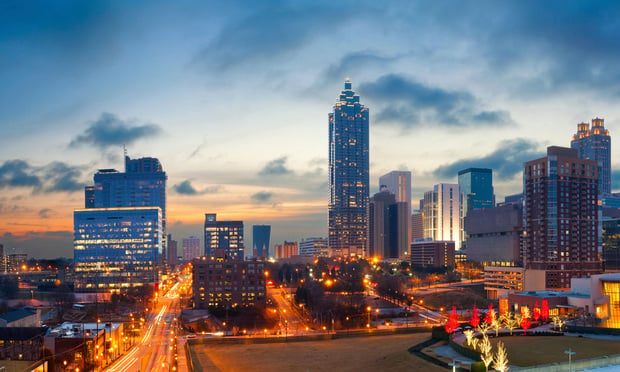For all the talk of e-commerce taking over, traditional retail is clearly here to stay. But the twist is omni-channel, especially considering the demographic shift.
GlobeSt.com caught up with Karim Fidel, founder and principal at Unison Realty Partners, to get his thoughts on the topic in part two of this exclusive interview. You can still read part one: This Retail Sector Is Especially Safe Going Into 2017.
GlobeSt.com: E-commerce is an ongoing issue we discuss. How will this continue to impact retail real estate in 2017?
Fidel: Contrary to popular belief, e-commerce hasn't taken over. According to the US Census Bureau, e-commerce constitutes only 7.4% of total retail sales. Although, for retailers looking to grow and appeal to new consumers, the winning proposition is the omni-channel approach, which we've seen executed by dominant, traditionally e-commerce players like Amazon. (Holiday returns are spiking.)
Here's what makes omni-channel such a win-win. A recent ICSC report shares that most shoppers tend to browse online but actually purchase products and goods in the store.
Even for the Millennial shopper, being able to interact with a product physically goes a long way in converting a shopper from a browser to a buyer. Rather than having e-commerce retailers compete directly with brick-and-mortar stores, online and in-store shopping have the opportunity to benefit from each other. I expect the trend of omni-channel to really spike in 2017 as key players dabble in both business models.
GlobeSt.com: How will demographic shifts impact retail real estate industry in 2017? And what are the implications?
Fidel: Millennials' move to the suburbs will be one of the biggest demographic shifts that will impact the retail industry in 2017. As this generation, the biggest in American history, begins to raise families, these more suburban markets are becoming more appealing.
Retailers in these markets will need to be able to quickly adapt to the changing wants and needs of consumers, including more healthy food options—like 365 by Whole Foods Market—and more experiential shopping opportunities. This generation is used to being surrounded by their peers and neighbors constantly, so for retailers, this is an opportunity to give Millennials a place to come together, physically.
For all the talk of e-commerce taking over, traditional retail is clearly here to stay. But the twist is omni-channel, especially considering the demographic shift.
GlobeSt.com caught up with Karim Fidel, founder and principal at Unison Realty Partners, to get his thoughts on the topic in part two of this exclusive interview. You can still read part one: This Retail Sector Is Especially Safe Going Into 2017.
GlobeSt.com: E-commerce is an ongoing issue we discuss. How will this continue to impact retail real estate in 2017?
Fidel: Contrary to popular belief, e-commerce hasn't taken over. According to the US Census Bureau, e-commerce constitutes only 7.4% of total retail sales. Although, for retailers looking to grow and appeal to new consumers, the winning proposition is the omni-channel approach, which we've seen executed by dominant, traditionally e-commerce players like Amazon. (Holiday returns are spiking.)
Here's what makes omni-channel such a win-win. A recent ICSC report shares that most shoppers tend to browse online but actually purchase products and goods in the store.
Even for the Millennial shopper, being able to interact with a product physically goes a long way in converting a shopper from a browser to a buyer. Rather than having e-commerce retailers compete directly with brick-and-mortar stores, online and in-store shopping have the opportunity to benefit from each other. I expect the trend of omni-channel to really spike in 2017 as key players dabble in both business models.
GlobeSt.com: How will demographic shifts impact retail real estate industry in 2017? And what are the implications?
Fidel: Millennials' move to the suburbs will be one of the biggest demographic shifts that will impact the retail industry in 2017. As this generation, the biggest in American history, begins to raise families, these more suburban markets are becoming more appealing.
Retailers in these markets will need to be able to quickly adapt to the changing wants and needs of consumers, including more healthy food options—like 365 by
Want to continue reading?
Become a Free ALM Digital Reader.
Once you are an ALM Digital Member, you’ll receive:
- Breaking commercial real estate news and analysis, on-site and via our newsletters and custom alerts
- Educational webcasts, white papers, and ebooks from industry thought leaders
- Critical coverage of the property casualty insurance and financial advisory markets on our other ALM sites, PropertyCasualty360 and ThinkAdvisor
Already have an account? Sign In Now
*May exclude premium content© 2024 ALM Global, LLC, All Rights Reserved. Request academic re-use from www.copyright.com. All other uses, submit a request to [email protected]. For more information visit Asset & Logo Licensing.









